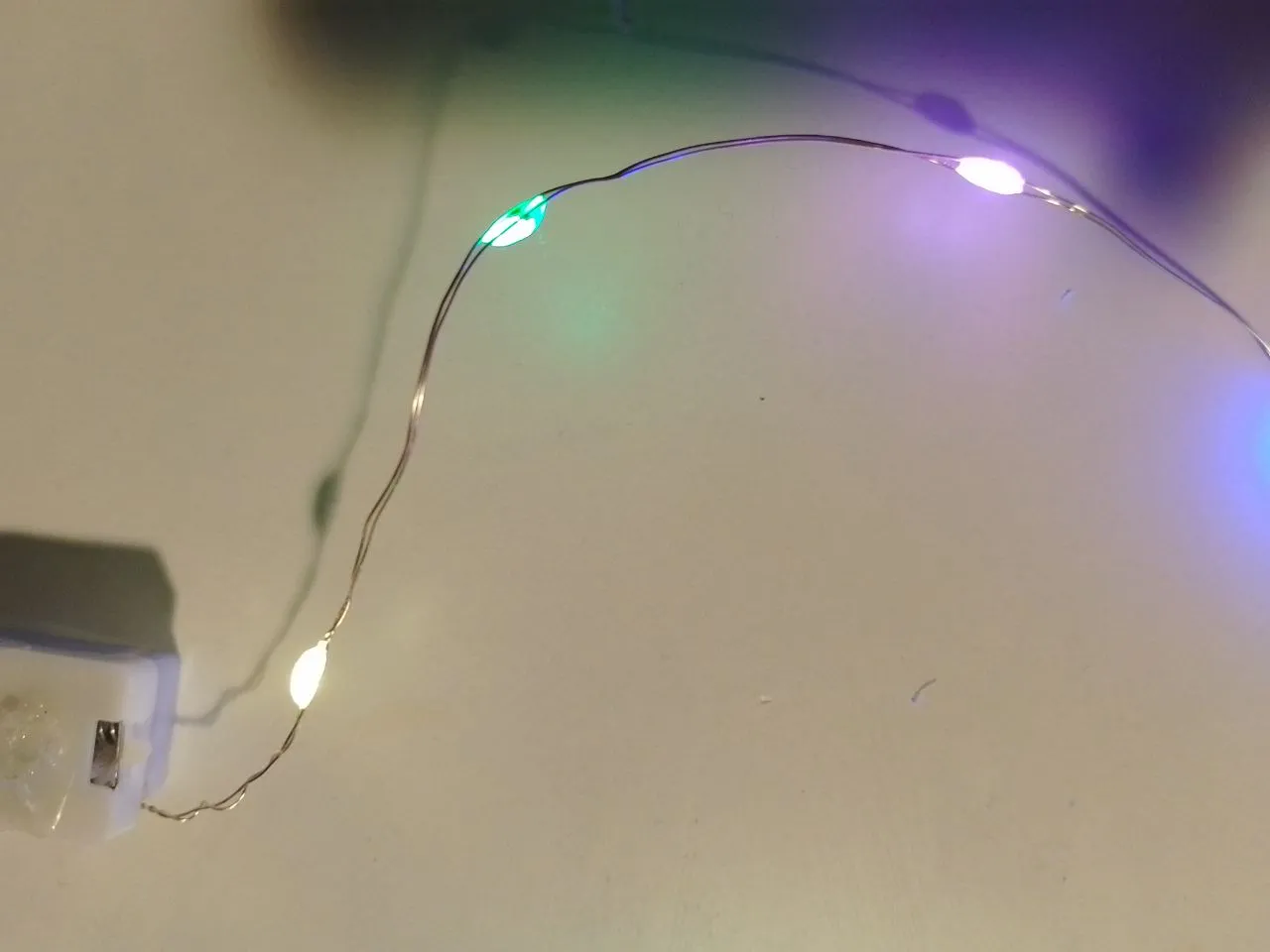this post was submitted on 22 Dec 2023
0 points (NaN% liked)
Technology
37603 readers
526 users here now
A nice place to discuss rumors, happenings, innovations, and challenges in the technology sphere. We also welcome discussions on the intersections of technology and society. If it’s technological news or discussion of technology, it probably belongs here.
Remember the overriding ethos on Beehaw: Be(e) Nice. Each user you encounter here is a person, and should be treated with kindness (even if they’re wrong, or use a Linux distro you don’t like). Personal attacks will not be tolerated.
Subcommunities on Beehaw:
This community's icon was made by Aaron Schneider, under the CC-BY-NC-SA 4.0 license.
founded 2 years ago
MODERATORS
you are viewing a single comment's thread
view the rest of the comments
view the rest of the comments

I created an account just to answer this. They can short. We had a string of these, and it shorted and nearly caught the tinsel on fire. They weren't man-handled, in fact we were extra-careful with them, because they were so thin and fragile-looking. These are dangerous. Do not use them.
The power supplies feeding these are typically .5A at 5v so they can't draw more than ~2.5w. Is that really enough to generate sufficient heat to start a fire? Maybe if they are wrapped around something incredibly flammable?
In case of a short circuit, yes, more than sufficient
Counterintuitively, a short circuit doesn't generate any heat. That is, because a resistance of 0 ohms generates 0V voltage drop. 0V * any amperage is still 0W. What generates heat is a resistance >0 ohms, i.e. not a short circuit. In an actual short circuit situation, that will be the case at many other places in series, i.e. connection joints, the inner resistance of the power supply etc..
So if you want to maximise heat output at a specific spot, you actually need to calculate your resistance at that point such, that one one hand it is low enough to allow for sufficient current, but at the same time high enough to generate sufficient voltage drop. If all series resistances are known, that is a common exercise in beginners electronics education ;)